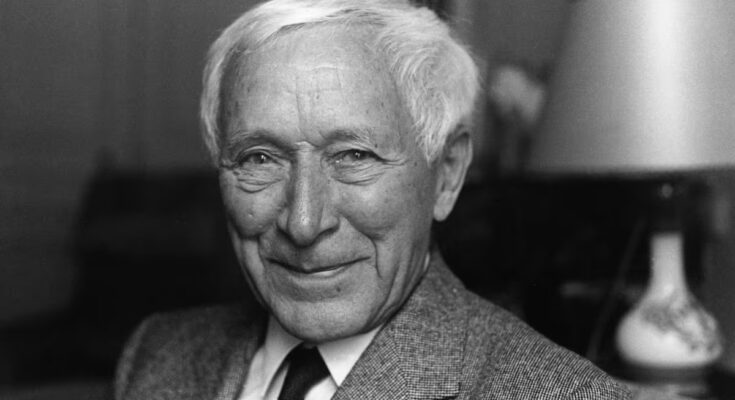The day after turning seventy, with the biblical age in tow, Ernst Jünger began a diary which the Tusquets publishing house published under the title After seventy (translation by Andrés Sánchez Pascual) and which begins on 30 March 1965 with a walk through Wilflingen, a town where the German thinker lived in hiding with his wife Liselotte, whom he affectionately called Taurita for having been born under the sign of Taurus.
It is curious to see how Jünger’s thought combines mythology with scientific analysis. Reading his diaries leads us to reach that difficult point that lies between two worlds, apparently opposite, but complementary to each other. In this way Jünger surprises us with his precision and sensitivity in picking up signals coming from the environment. For example, in this first walk with which the diary opens, Jünger meets a lizard. He surprises her on one of the rocks on the hill where the “Treasure Castle” stands. It is a real image which, thanks to his interpretative ability, Jünger transfers into a fictitious dimension, concluding with the description of the reptile’s skin as “brown with green stripes”. Jünger then wonders if it might not be the lizard’s first spring outing; She looked drowsy, as if she still had the remnants of her winter sleep. Jünger approaches her with great caution and caresses her.
There is a feeling of resurrection in spring, Jünger tells us; a feeling that exalts “vital existence”. Hibernation, for Jünger, was the closest thing to “enjoying time stretched to the limits of perception”. With a precise syntax at the level of Borges or Canetti – to give two supreme examples – Jünger allows himself to be accompanied from his German residence to the Far East on a journey that lasts five months. Driven by curiosity, he discovers botanical species such as the Ravenala, called the traveller’s palm, which opens its leaves like a fan and whose foliage protrudes from the walls of Singapore’s gardens.
In another of his writings, Jünger illustrates warm-blooded animals, which die more easily than cold-blooded ones, since according to him they must maintain their temperature within reduced limits. Excess brings fever and deficiency brings freezing, and this is where Jünger calls air conditioners a “cosmic provocation.” To clarify things, Jünger refers us to the beginnings of the world when “creatures lived within Gaia as in a mother’s womb” involving themselves in the heat of the swamps or the sea. When cooling occurred – continues Jünger – the surviving organisms did so thanks to their adaptation, reaching a new equilibrium with the environment. For this reason, warm-blooded animals such as seals survive in cold waters, leading their existence in the regressive form of fish which, “in order not to freeze from the cold, have taken shelter”.
With these forays into nature Jünger takes us from curiosity to knowledge on an unrepeatable journey. His diaries, and especially this volume we are talking about here, are a rather scientific statement; an example of how to follow a path where prediction and surprise alternate until wisdom is achieved.



